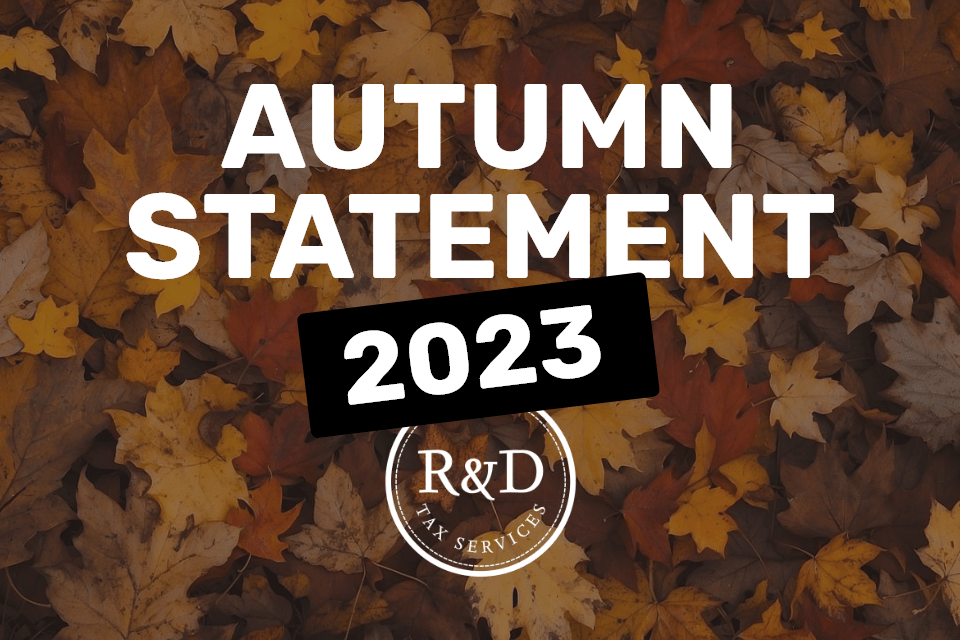The landscape of Research and Development (R&D) tax relief in the UK is undergoing another transition, marking an era of ‘simplification’ and ‘compliance’. Chancellor Jeremy Hunt’s announcements today in the Autumn Statement outline substantial, if not majoritively anticipated changes that are poised to reshape how businesses navigate R&D tax relief. Here’s everything you need to know about the latest changes:
Merging of RDEC and SME Schemes:
The top-line change announced today was perhaps the most anticipated, having been under review since the last budget with draft legislation already released: the merging of the existing Research and Development Expenditure Credit (RDEC) and small and medium-sized enterprises (SME) schemes. This merger, effective from April 1, 2024, streamlines R&D tax relief, offering the ‘best of both schemes’. Companies will benefit from a unified set of qualifying rules, eliminating complexities and disparities that previously existed between the two schemes.
Loss-making companies, in particular, will see a reduction in the tax rate from 25% to 19%, enhancing the attractiveness of investing in R&D.
Clarity on Subcontracting: Aligning Risk and Relief
Some much needed clarity has been provided regarding subcontracting ‘R&D activities’. The objective is to align tax relief with the companies who are actually undertaking the R&D work and bearing associated commercial risks. By allowing decision-makers to claim for R&D contracted out, the government aims to create a more transparent and equitable system. Stakeholder engagement, such as the recent invitation to R&D experts to a select committee on this matter, and academic evidence support this approach, emphasizing the potential for increased collaboration, knowledge sharing, and economic growth. Put simply, if you bear the risks of R&D, you can claim under the scheme.
Direct Payments Only
Companies will no longer be able to nominate third-party payees for R&D tax credit payments. The change, designed to enhance oversight, is likely to expedite the payment process, allowing businesses to access the benefits more quickly.
Enhanced Support for R&D Intensive SMEs: Lower Thresholds and Grace Periods
Acknowledging the significance of SMEs in driving innovation, the government is introducing additional support for R&D intensive loss-making SMEs. The intensity threshold is being reduced from 40% to 30%, bringing approximately 5,000 more SMEs into the relief scope. Furthermore, a one-year grace period is established, allowing companies dipping below the 30% threshold to continue receiving relief.
Conclusion: A New Era for R&D Tax Relief
In conclusion, the proposed changes in the UK’s R&D tax relief scheme herald a new era marked by clarity, simplification, and a direct approach to payments. These reforms have been expected for some time and are welcomed additions to the changes made in the Spring Budget which focused more on compliance and reducing errant claims under the R&D scheme. As businesses prepare for the changes effective from April 1, 2024, they can anticipate a more streamlined and equitable system that aligns with the government’s vision of making the UK a global leader in innovation and less process changes for companies scaling up their innovation.

